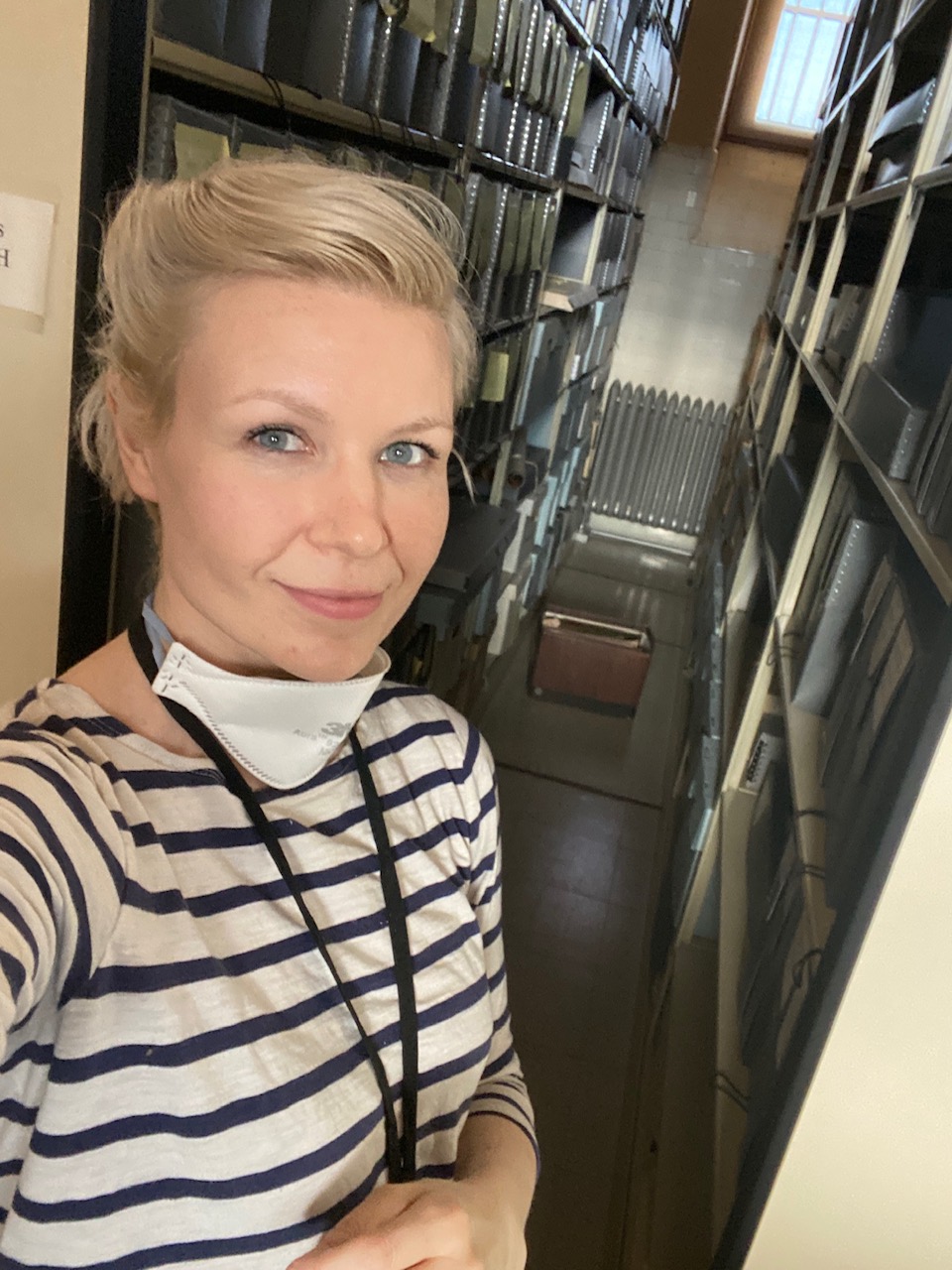A Guide to Graduate Study as an Undergraduate Student from CUNY BA student, Ella Morton (Material Culture, Brooklyn College, 2023)
As CUNY BA students, we have a staggering number of courses available to us. Perhaps, like me, you approach the CUNY Global Search site each semester like it’s a video game called Tantalizing Hypothetical Futures. Even if you don’t spend hours gaming out potential course combinations, the sheer variety of options can be overwhelming.
If you’re at the junior level or higher, with a GPA of at least 3.0 and an approved AOC on file, there are even more possibilities. Not only can you take undergraduate courses across the whole CUNY system, but you can also take graduate courses, too.
Taking graduate courses as an undergrad is a great way to dip a toe into the grad school experience before applying to a Master’s or Ph.D. program. It also allows you to study a more specialized topic rather than getting a broad overview, as tends to happen in undergrad courses. For a grad assignment last semester, I wrote a 15-page paper about women getting measured in a lab at the 1893 World’s Fair. I also wrote a 15-page paper on how femme lesbians feel about the physical changes that accompany aging. These are the sorts of things you don’t get to do in your average undergrad course.
Adding grad-level study to your academic load can be an intimidating prospect. Still, with the right mindset and preparation, it can also boost your confidence and help smooth the transition into a graduate degree. If you sign up for the Graduate Center’s MALS (Master of Arts in Liberal Studies) Pipeline Program, you can even use MALS courses for credit toward both your CUNY BA and MALS degrees.
As a CUNY BA student in this pipeline, I’ve taken three Master’s-level courses in the MALS program, all of which have counted toward my Material Culture AOC. In Spring ‘23, I’m finishing up my BA with one more graduate course, Race & Geopolitics in Fashion, where I’m learning alongside both Masters’s and Doctoral students.
In every one of these four grad courses, I have been the only undergraduate in the classroom. At first, the odd-one-out thing was a little nerve-wracking, but no one has ever treated me like I didn’t belong. Now I feel like I have a solid understanding of what grad school is like, and I’m looking forward to being an official MALS student in Fall ‘23.
If you’re considering adding a grad course or two to your CUNY BA program, I have some tips for you:
- Know whether you can enroll.
Before you get your heart set on the perfect grad course, check whether it’s off-limits to undergrads. Policies vary by course, department, and professor. - Know what you’re getting into.
If you can get a syllabus for your intended course, peruse it to get a sense of the expectations. This is how I discovered that final papers in MALS tend to be 15-20 pages, a big step up from the five-page papers I was used to writing for undergrad courses. Likewise, I was not accustomed to reading a whole book in a week. Look into the level and load of the readings and assignments beforehand, and you won’t get a nasty surprise on the first day of class.
- Be realistic about your capabilities.
Only you know whether you’re ready for a grad course. The question isn’t whether you’re smart enough. Think about whether you can set aside enough time for the ramped-up reading and writing. Think about which people and resources you could go to if things feel too difficult, stressful, or confusing.
- Introduce yourself to the professor.
As with any course not at your home college, you’ll need an ePermit to enroll in a grad class. This is the perfect opportunity to email the course professor and give them some background on why you’re interested in taking their course as an undergrad. This way, they will think of you not just as a name and number attached to an ePermit, but as an engaged and enthusiastic student. - Take advantage of MALS.
MALS is a natural next step for the “individualized minds” of CUNY BA. Students in the MALS program come from a huge variety of backgrounds and have wildly different goals and motivations. Some are taking their first grad course decades after completing a BA. From what I’ve experienced, it’s not a competitive environment but a collaborative one in which students are genuinely interested in each other’s perspectives and research topics.

